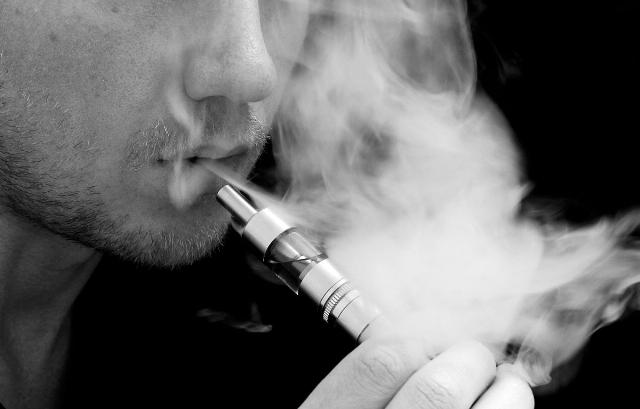Vaping: Why bans don’t work
Massachusetts Democrats passed a ban on flavored tobacco and nicotine products in 2019. California followed suit in 2022, though despite the law, these products remain available online throughout the Golden State.
Now, as the Biden Administration weighs the electoral drawbacks of a nationwide ban on menthol cigarettes, the Vermont legislature and several other states are considering following California and Massachusetts’ lead. During the 2023 legislative sessions, Vermont, Oregon, Maryland, Hawaii, New Mexico, New York, and Indiana introduced bills to ban flavored tobacco product sales. New Jersey likewise proposed bans on menthol cigarettes and Electronic Nicotine Delivery Systems (ENDS) products.
Though lawmakers’ intentions in passing these bans may be noble, prohibition is a backward policy and will not mitigate health concerns.
States considering bans certainly have worthy goals. Tobacco use continues to be the leading cause of avoidable death in the United States, and it has a devastating impact on families and businesses. It costs the United States more than $184 billion in lost productivity and over $241 billion in medical expenses. Alarmingly, almost 13% of all high school students are current tobacco users. But a ban won’t work to curb this youth epidemic.
In Massachusetts, the persistence of tobacco smuggling despite a ban on its sale highlights the inefficiency of prohibition measures in curbing consumption. Despite stringent regulations, smuggling rates have surged, while tobacco usage has remained relatively stable. Rather than deterring usage, such bans often inadvertently foster underground markets, exacerbating associated harms and undermining regulatory goals. The Massachusetts Department of Revenue records a 22.6 percent decline in tobacco tax collection since implementing its flavor ban, partly attributed to the suspected smuggling. These burdens reflect the continued usage of banned products at the expense of the state’s revenue share.
Likewise in California, the law had negligible effects. The state’s ban significantly increased the number of unregulated products, with most e-vapor packs still flavored and only 45% of tobacco products containing a California state tax stamp. Citizens Against Government Waste, a non-profit organization battling government mismanagement, found that the flavor ban had “no effect” on Californians’ access or demand for flavored e-vapor products. Despite states’ utter failure to enforce already burdensome laws, expanding government and bureaucracy to limit consumer choices has become fashionable in these jurisdictions.
The current trend of banning flavored tobacco products is a misguided approach to addressing underage smoking. Prohibiting flavored tobacco products only restrains the legal ability of responsible adults who use flavored tobacco to quit smoking cigarettes or otherwise more addictive products. We must pursue strategies that empower individuals and communities to make healthier lifestyle decisions. Instead of doubling down on ineffective bans, policymakers must focus on feasible initiatives to reduce tobacco use among minors.
Rather than blanket bans, policymakers should consider targeted regulations that balance public health objectives and individual freedoms. Plausible alternatives include investing in comprehensive education and prevention programs in schools, increasing funding for smoking cessation programs, and implementing stricter penalties for retailers who sell tobacco products to minors.
Oregon, Maine, Connecticut, Maryland, and Oklahoma have already rightfully increased their funding for tobacco prevention programs, while most prohibition-friendly states haven’t. By addressing the root causes of underage smoking and empowering individuals with the resources they need to quit, we can achieve meaningful progress in reducing tobacco use across all demographics.
Utah’s remarkably low youth tobacco rate is a testament to the state’s multifaceted approach toward tobacco. A combination of robust public anti-vaping campaigns and community engagement has fostered a culture that actively discourages tobacco use. Moreover, Utah’s unique cultural factors — including a strong emphasis on healthy lifestyles — contribute to the success of its tobacco prevention efforts. By prioritizing education and advocacy, Utah has created an environment where youth can make informed choices about their health and well-being. Policymakers must act and replicate this model elsewhere.
Voting against proposed bans alone will not extinguish the corresponding health concerns. It is now time for conservatives, key advocates of personal responsibility and public health, to combat the plague of tobacco addiction and usage. Proposing alternative, individualist solutions to lessen tobacco harm would be a great place to start.
Brett Patrick is a Young Voices contributor studying political science at Binghamton University. He is a member of the university’s research and honors programs. His political commentary has appeared in the Washington Examiner and The DC Journal.

Image: Ecig Click
Read More: Vaping: Why bans don’t work

